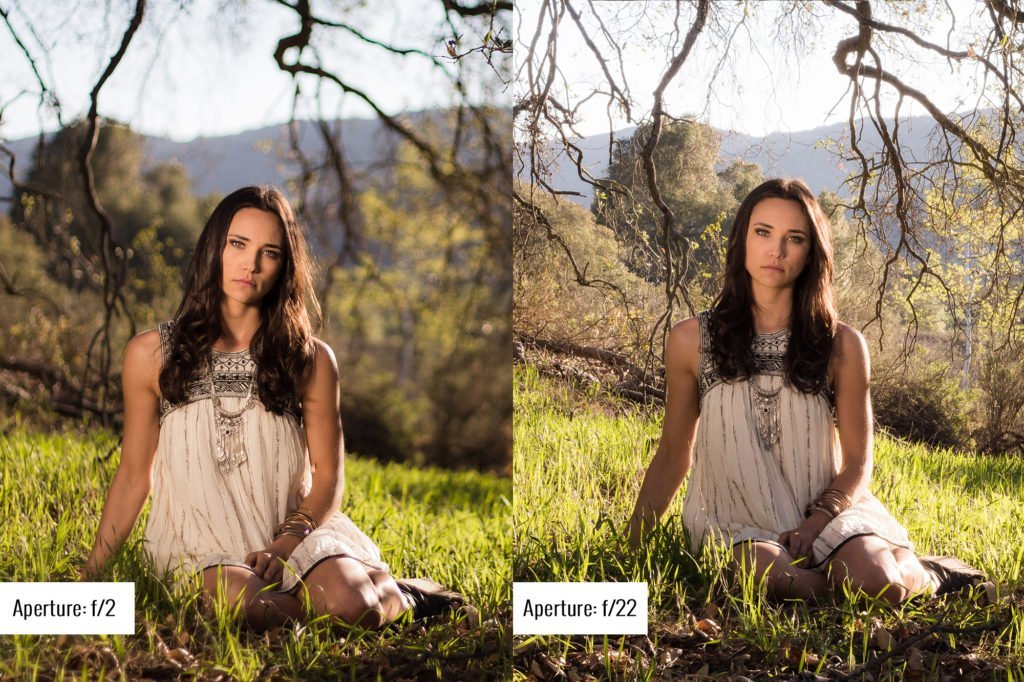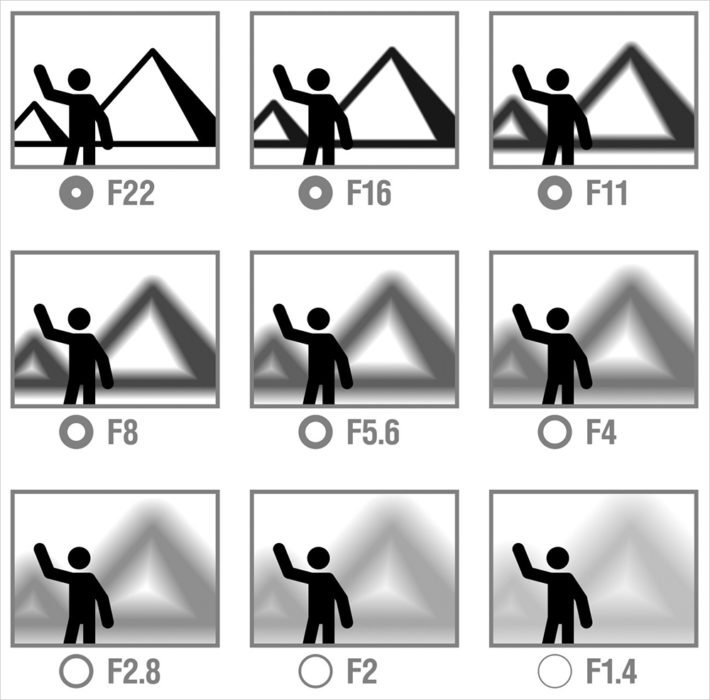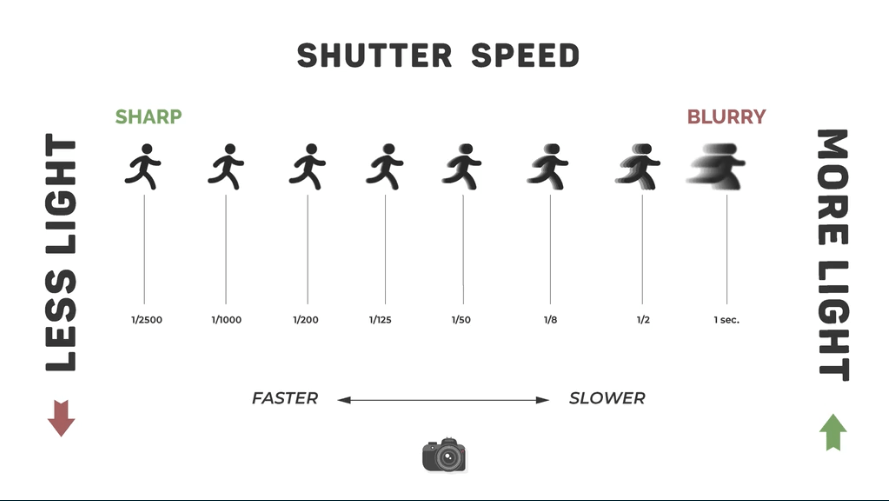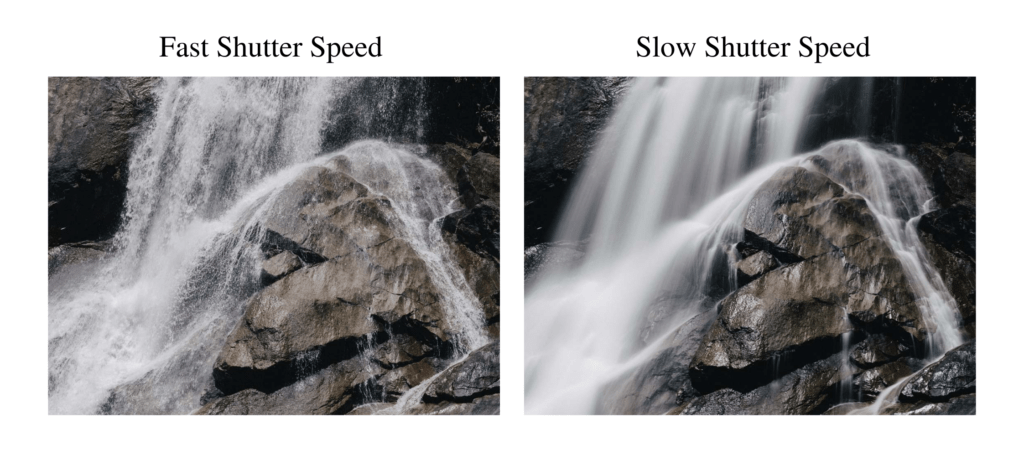Discovering ISO, Shutter Speed, and Aperture in Photography

As technology advances, photography is not just about taking photos anymore. With the recent advancement, photography now involves calculation to better craft outstanding images. Therefore, without a thorough understanding of the Exposure Triangle, one individual might be challenged to create excellent photos.
The exposure triangle serves as an analogy to see the relationship between the three key exposure factors in photographs. This involves the ISO, aperture, and shutter speed.
Modern professional cameras include auto modes that choose the proper shutter speed, aperture, and even ISO for your exposure. However, employing this feature restricts you from controlling everything. Therefore, understanding the interplay among ISO, shutter speed, and aperture will enable you to control your images by manual adjusting.
Here’s a brief and simple summary of the exposure triangle:
ISO
ISO is a camera setting that determines how bright or dark a picture will be. Usually, it is expressed as a number. A lower number denotes a darker image, while a higher number denotes a brighter image. With this, your pictures will become brighter as you raise your ISO setting. Therefore, ISO enables you to take photos in low-light conditions.

However, increasing your ISO has drawbacks. When the ISO is set too high, the image will have noise, often known as grain. Typically, grains will distort your images’ quality, whichs may not be helpful. Therefore, only adjust your ISO if it’s necessary. Only adjust or increase your ISO when you cannot brighten the picture using the shutter speed or aperture.

Aperture
In photography, the aperture can be best defined as the pupil of your camera. It is the opening in a lens through which light enters the camera. To allow more or less light to reach your camera sensor, you can increase or decrease the size of the aperture. Consequently, the bigger the hole, the more light enters the camera sensor.

Moreover, the aperture can also control the depth of field. It can create an excellent shallow focus effect with a blurred background. Thus, this is widely used in portrait photography.

Furthermore, the aperture can enable you to capture sharp images from the immediate foreground to the far-off horizon. Many landscape photographers make use of this effect.

Photo from PetaPixel.
Shutter Speed
In photography, shutter speed is the time the shutter of a camera is open, allowing light to enter the sensor. Basically, it’s the amount of time your camera takes to take a picture.

Photo from SkillShare.
Fast shutter rates help to freeze action. You can even capture fast-moving objects, such as flying birds or water droplets using a fast shutter speed.

Photo from Photography Life.
Meanwhile, slow shutter speeds let more light into the camera sensor and are utilized for low-light and astrophotography.

Every picture-perfect subject has its own environment and background context. You cannot use the same camera setting from one subject to another with a totally different image context. Therefore, individuals can better produce amazing photographs by understanding how the exposure triangle works together.
In addition, this allows the person to fully control the scenario and the images by adjusting the camera manually. By utilizing this, you are not dependent on your camera’s automatic mode. But instead, you are opening yourself into the world of creative photography.
Remember that photography allows you to see the art in the world to its fullest potential. So, knowing how to change your camera setting lets you experience the fullest extent possible in photography.
Joseph is a broadcasting student adept at developing compelling and creative stories with unfaltering dedication. With many years of experience as a Campus Journalist, he has gained invaluable writing experiences that made him a story-driven person. Aside from writing, he also has an interest in photography, graphic designing, and gaming. He believes that writing is a potent activity that one can do to inspire other people.






